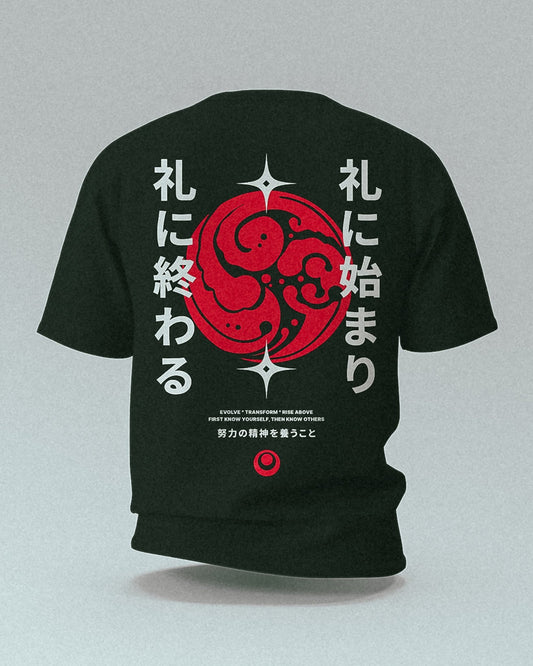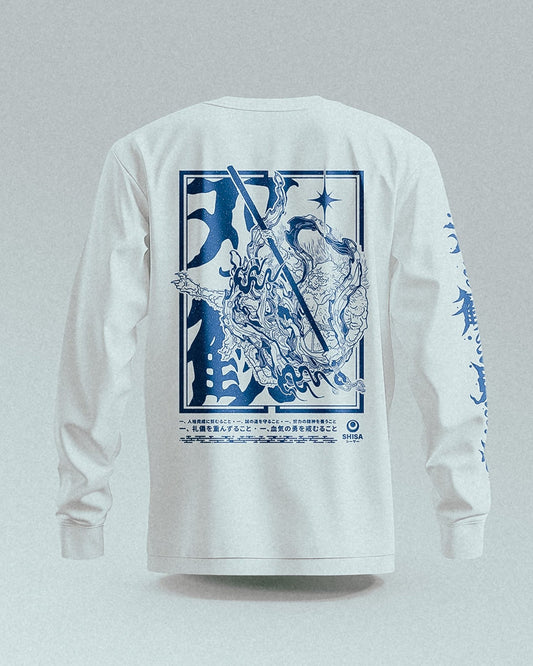
Age Of Arcade
Average reading time: 3-5 minutes
Growing up we played all sorts of fighting games on computers and consoles. From International Karate Plus to Mortal Combat. But one game always stood out because of it's characters, exaggerated special moves and overall kumite vibe: Street Fighter by Capcom.
Back before Street Fighter changed the world of fighting games, gaming looked completely different than today. Imagine cigarette smoke-filled halls, small groups gathering around arcade cabinets, blinking lights everywhere and the constant beeping of cracked highscores and total defeat. This wasn't a casual evening on your couch. This was a real life, multisensory experience.
Birth of a Legend
Street Fighter, originally called Fighting Street, was the brainchild
of one of Capcom's young and upcoming game designer named Takashi Nishiyama. Being already known for inventing the parallax scrolling effect (influencing almost every 2D game since) and the first ever beat-em-up gem called Spartan X.
He was a huge Bruce Lee and martial arts fan and around the time of developing Street Fighter, a karate practioner himself. All of these elements including Tokyo's omnipresent manga and arcade culture, set the stage creating a video game that should feel as close to a real kumite tournement as it gets.
Legend has it that Takeshi and his team drew the first sketches of Street Fighter's main character Ryu on the back of napkins while being out for a couple of drinks. Ryu himself was inspired by Kyokushin founding father Masutatsu Ōyama.
Japan 1987 - The Epicenter of Video Games
While the West still suffered from the big gaming industry crash of '83 due to market saturation and poorly developed games, Japan grew into the leading gaming nation. Companies like Capcom and Konami built a huge hype with constantly pushing out new groundbreaking titles and the arcades in Akihabara served as laboratories for future releases.
With computers as weak as today's calculators, developers worked under major technical limitations. But poor conditions often drive innovation and creativity and this was true for both: gameplay and visual appeal. Needless to say that this process lead the way for the development of more powerful chips that kickstarted the perfect storm for a cult classic like Street Fighter.
The Arcade Culture
Before the internet was born or even consoles and personal computers were household staples, playing the latest video games meant you had to go to the arcade. No digital avatars or a cozy couch. You met your opponents face to face and a spot at the machine was not guaranteed. Sometimes even a brawl would break out between two competing players because of someone's fragile ego.
Like with many things of the past it was less convenient playing
video games. And this certain edge and uncomfort created a feeling of realness even with a digital medium like a computer game. In today's world almost everything sits at our fingertips readily available through countless digital channels. That of course comes at a price of an increasingly shorter attention span and an ultra fluctuation of impressions.
And even in the context of a fast twitching digitized world, martial arts training is teaching us a lesson: Be in the moment and figure out the thing right in front of you. With full focus.
Thanks for reading and happy gaming!







